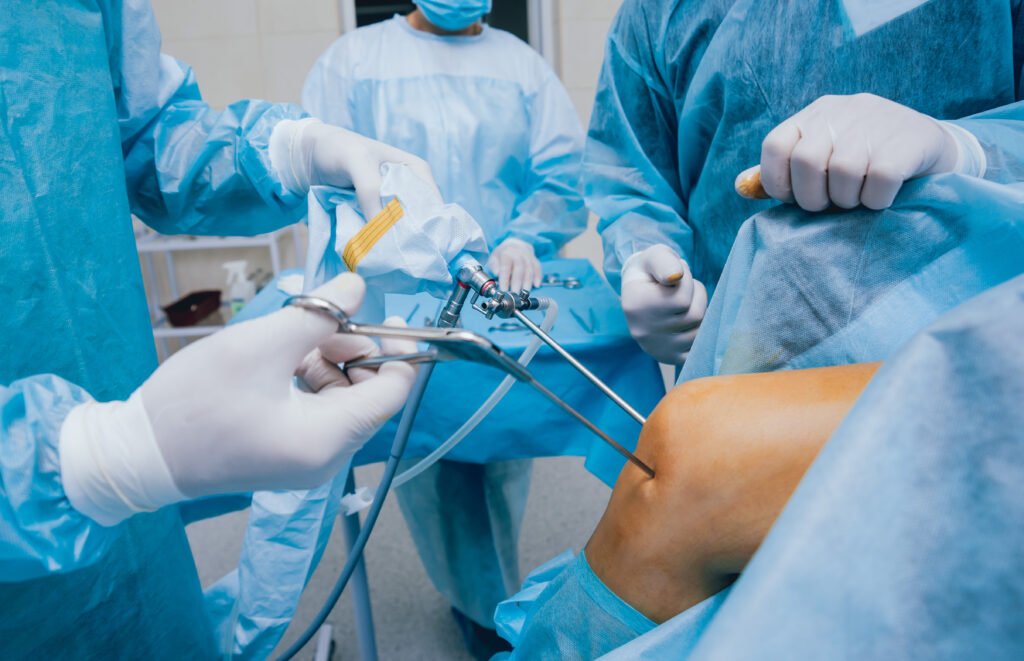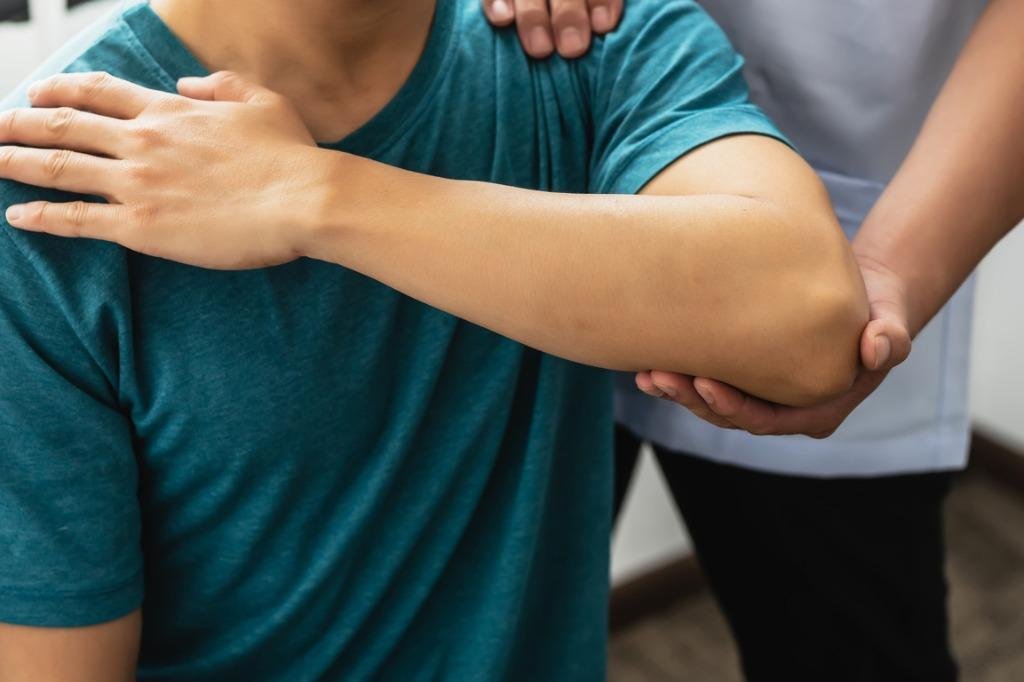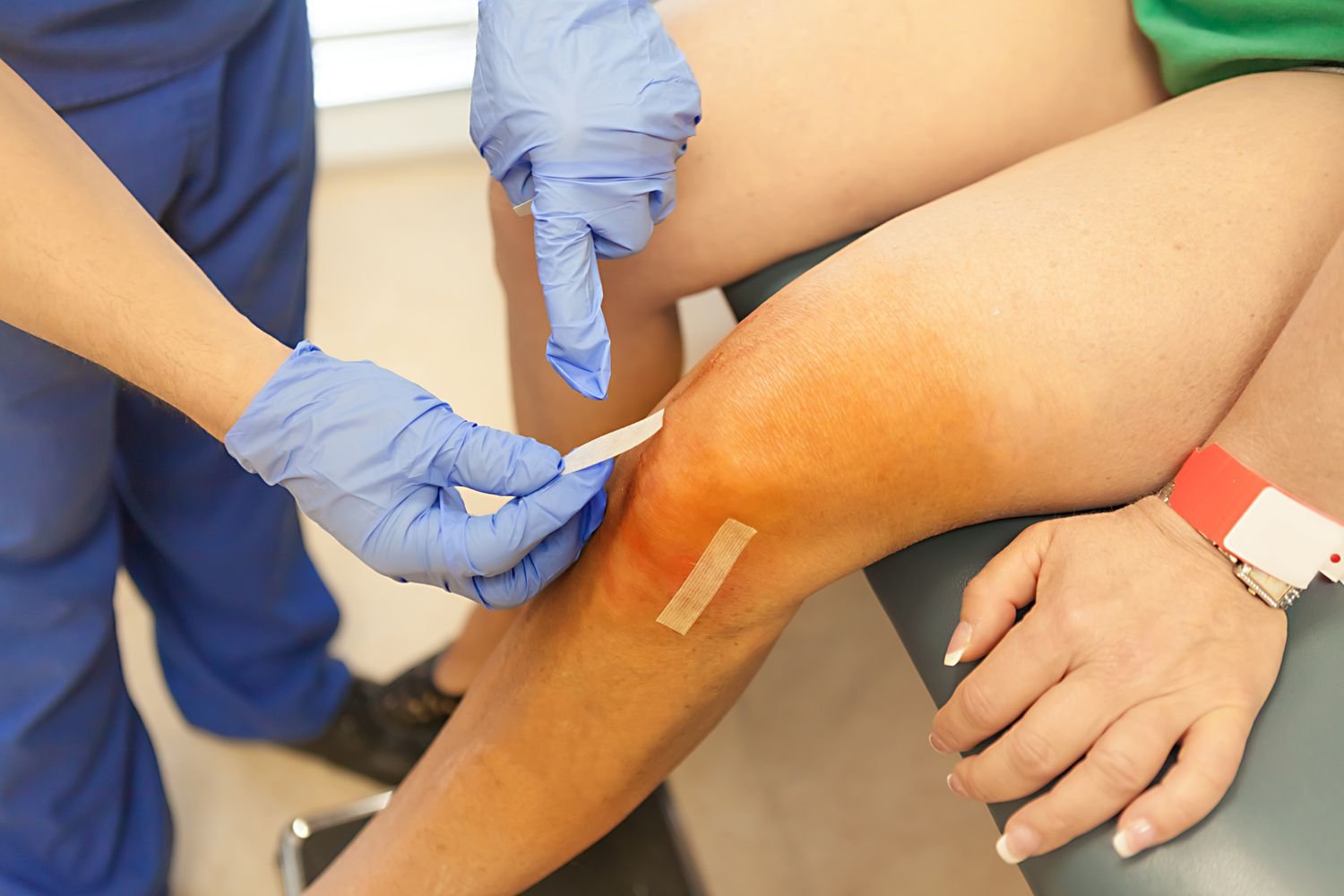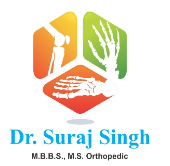
What Is Arthroscopy?
Arthroscopy is a diagnostic and treatment procedure for joint issues and injuries, which include the knees, elbows, shoulders, wrists, ankles and hips. Although it is a major surgery, it involves minimal invasion.
Arthroscopy is performed by an orthopaedic surgeon. During the procedure, a small incision of about 1 to 2 cm in diameter is made at the site to be operated. Then a thin tube with a fibre-optic video camera at the tip is inserted through the incision. It allows thorough imaging of the internal region and helps the doctor to identify and diagnose the problem. To treat a condition, the surgeon would make one or more incisions as needed and insert another pencil-thin instrument. They use real-time video using the camera to monitor the movement of the instruments.
This whole procedure is performed after injecting the patient with anaesthesia which could be: Local anaesthesia: It is given for a simple diagnosis or treatment that would not require a long time. The patient stays awake during the surgery but would not feel anything more than a slight pressure or movement. Regional anaesthesia: It is injected in the lumbar vertebrae of the spine to numb the upper or lower half of the body as required. General anaesthesia: This is administered to keep the patient unconscious during a surgery that lasts for a longer duration. Arthroscopy helps to diagnose and treat major conditions which would otherwise require open surgery.
Why Do You Need Arthroscopy?
- Tear in the ligaments
- Internal scarring in the joints
- Inflammation in the joints
- Tear or damage in the cartilage


Knee Arthroscopy
- Eliminating sepsis in the knee
- Reconstructing the torn up or damaged ACL (Anterior Cruciate Ligament)
- Treating Patellar problems (knee cap)
- Eliminating the inflamed or swollen synovial tissue
- Trim the damaged cartilages
- Repairing torn up meniscus.
